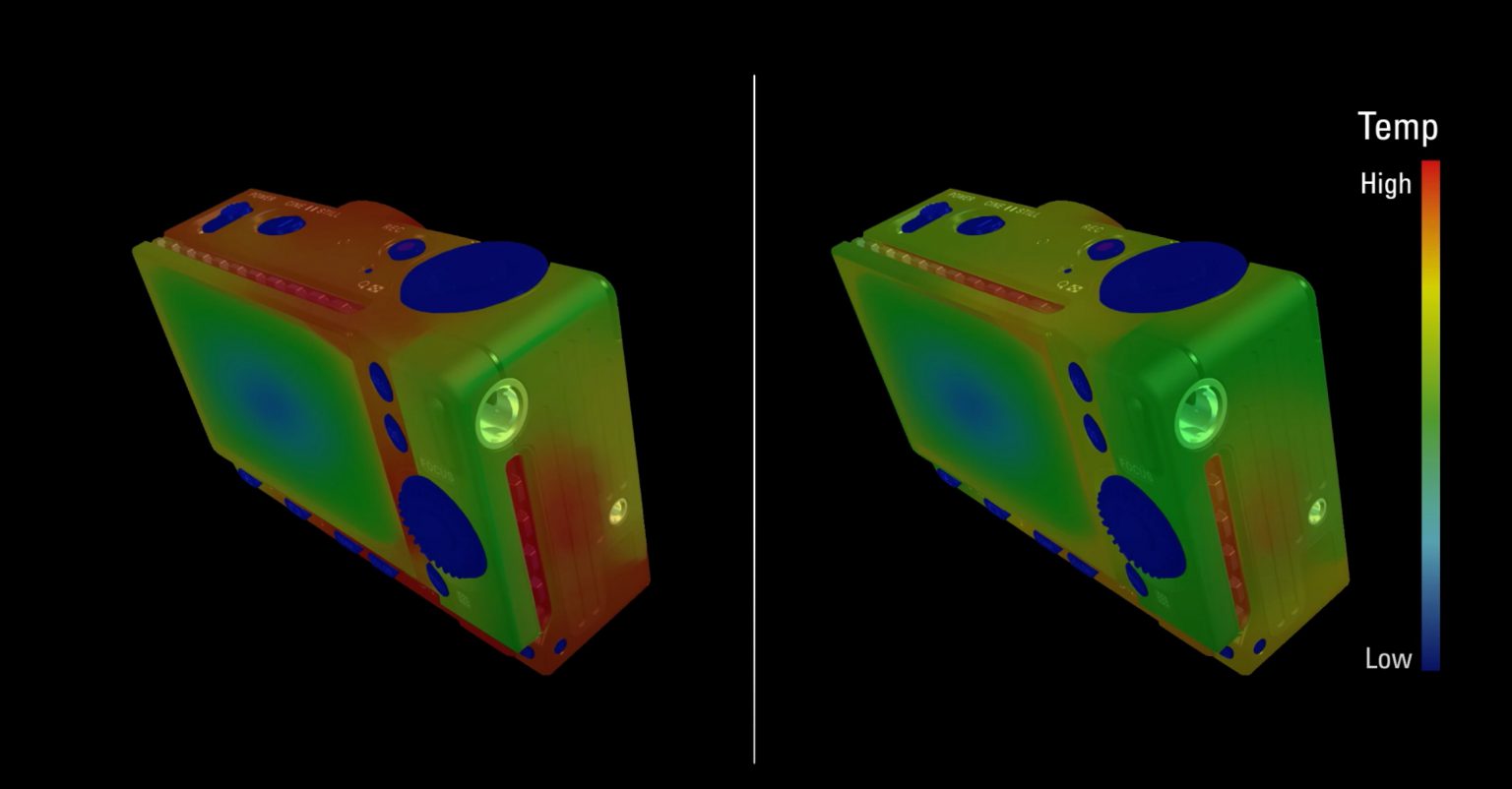
Let’s have a look at thermal management on small mirrorless cameras. The solutions shown here prevent overheating on the Sigma Fp and Panasonic S1H during long recordings. The Sigma Fp shoots 4K RAW internally from a 6K sensor and the Panasonic S1H shoots 6K internally in 10bit 4:2:2 V-LOG.
Canon can learn from the design of the Sigma Fp and Panasonic S1H when it comes to offering professional video features in a small weather sealed body.
The latest news is that the Canon EOS R6 also overheats in all 4K modes. It seems Canon did not really want to provide long record times, in my opinion because they still think mirrorless cameras cannibalise professional use of cameras such as the Cinema EOS C300 III. Not sure I agree.
I’ve heard a lot of excuses from sales people and Canon reps that the overheating is inevitable in such a small weather-sealed body. The Sigma Fp and Panasonic S1H are proof that it isn’t inventible. Both are weather sealed and the Sigma Fp is the smallest 4K full frame camera on the market.
Here is an exploded view of the S1H’s active cooling:
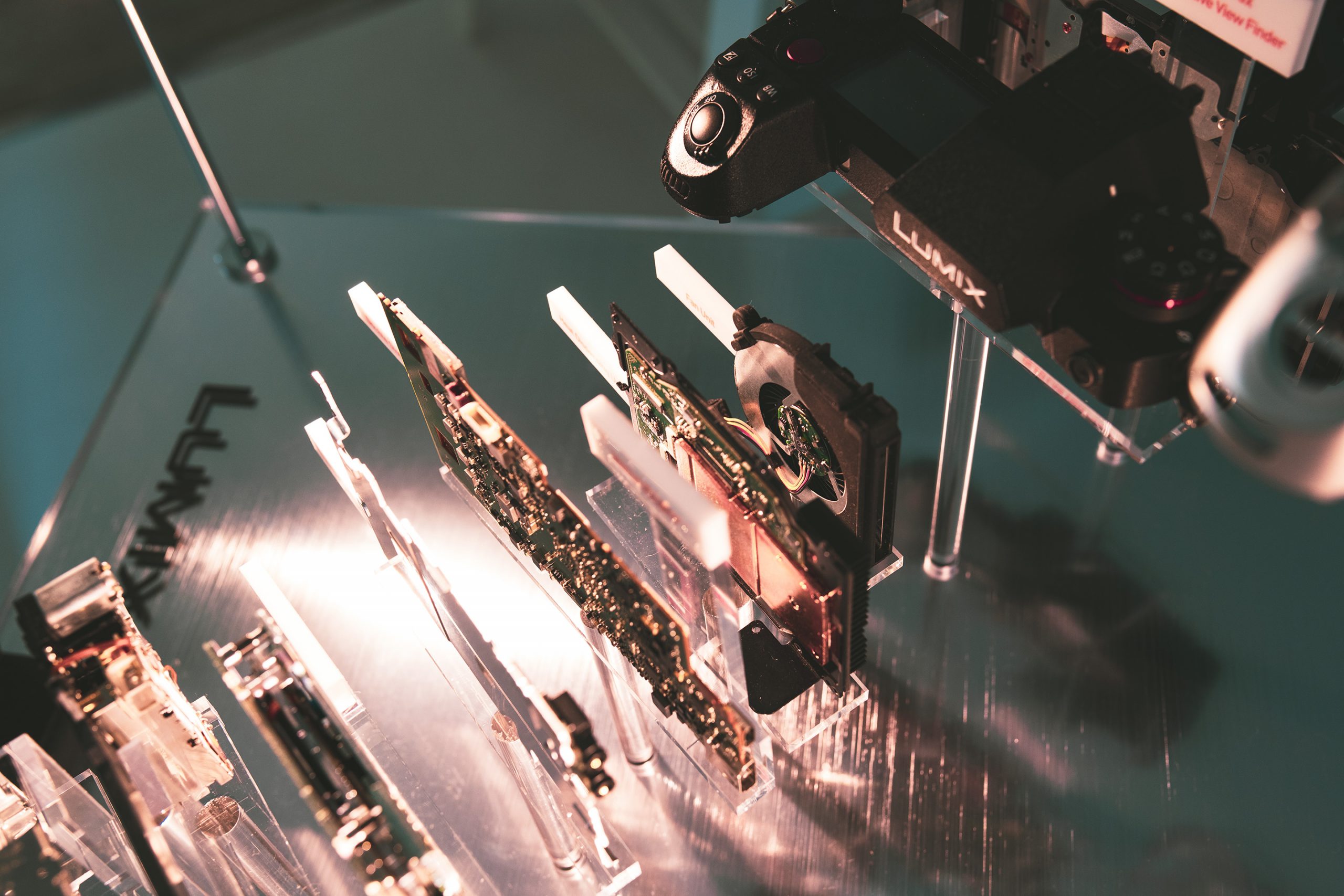
To move hot air away from the image processor and out the chassis, there’s a copper heat sink and fan. It does increase the thickness of the body but the passive cooling on the Sigma Fp only adds around 3 or 4mm to the thickness of the body.
The vents on the side of each camera don’t compromise the weather sealing.
The Fp’s ventilated heat-sink “sandwich” design allows air to circulate between the warm LCD screen on the back and the heatsink on the other side, attached to the mainboard.
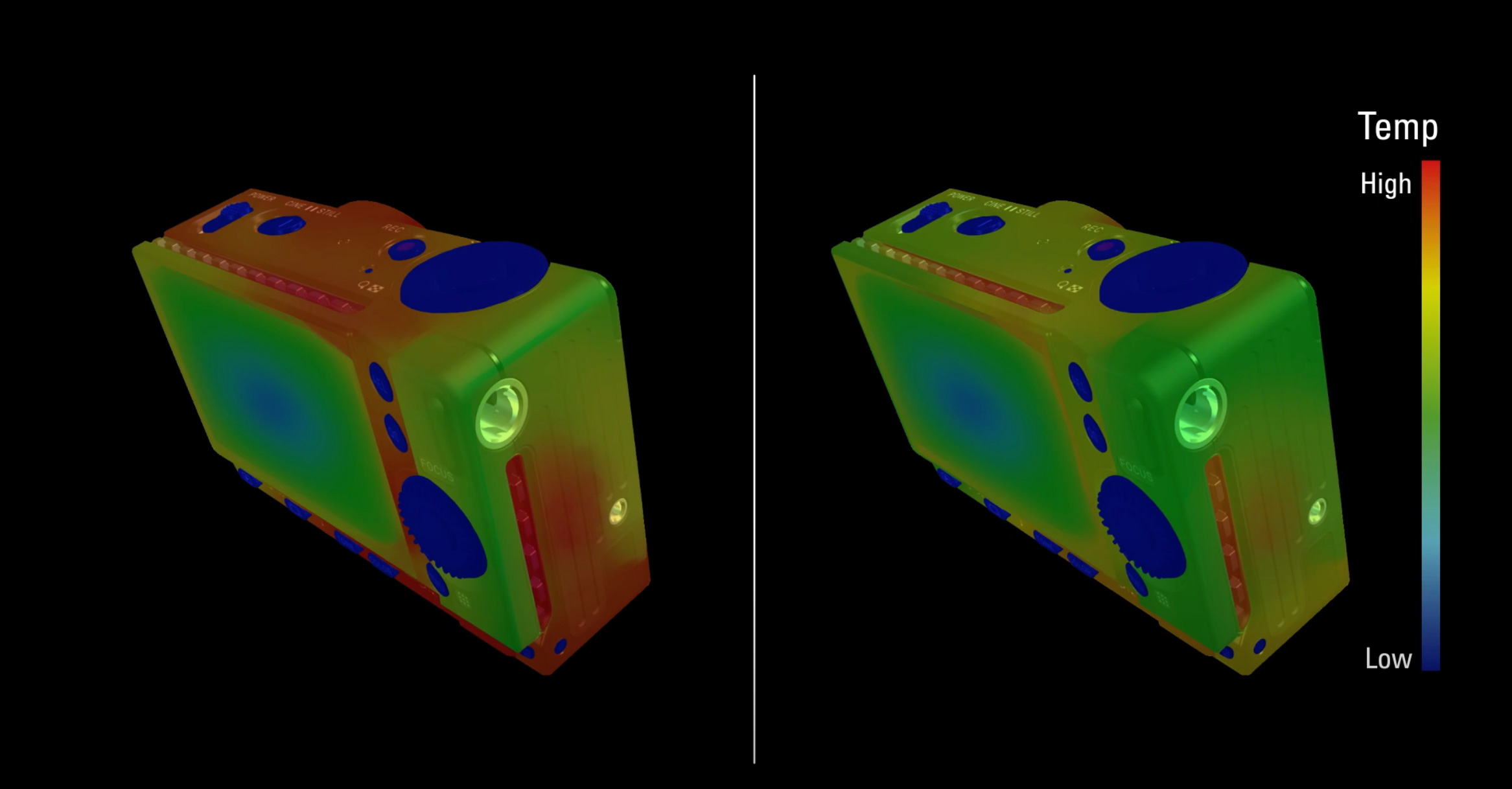
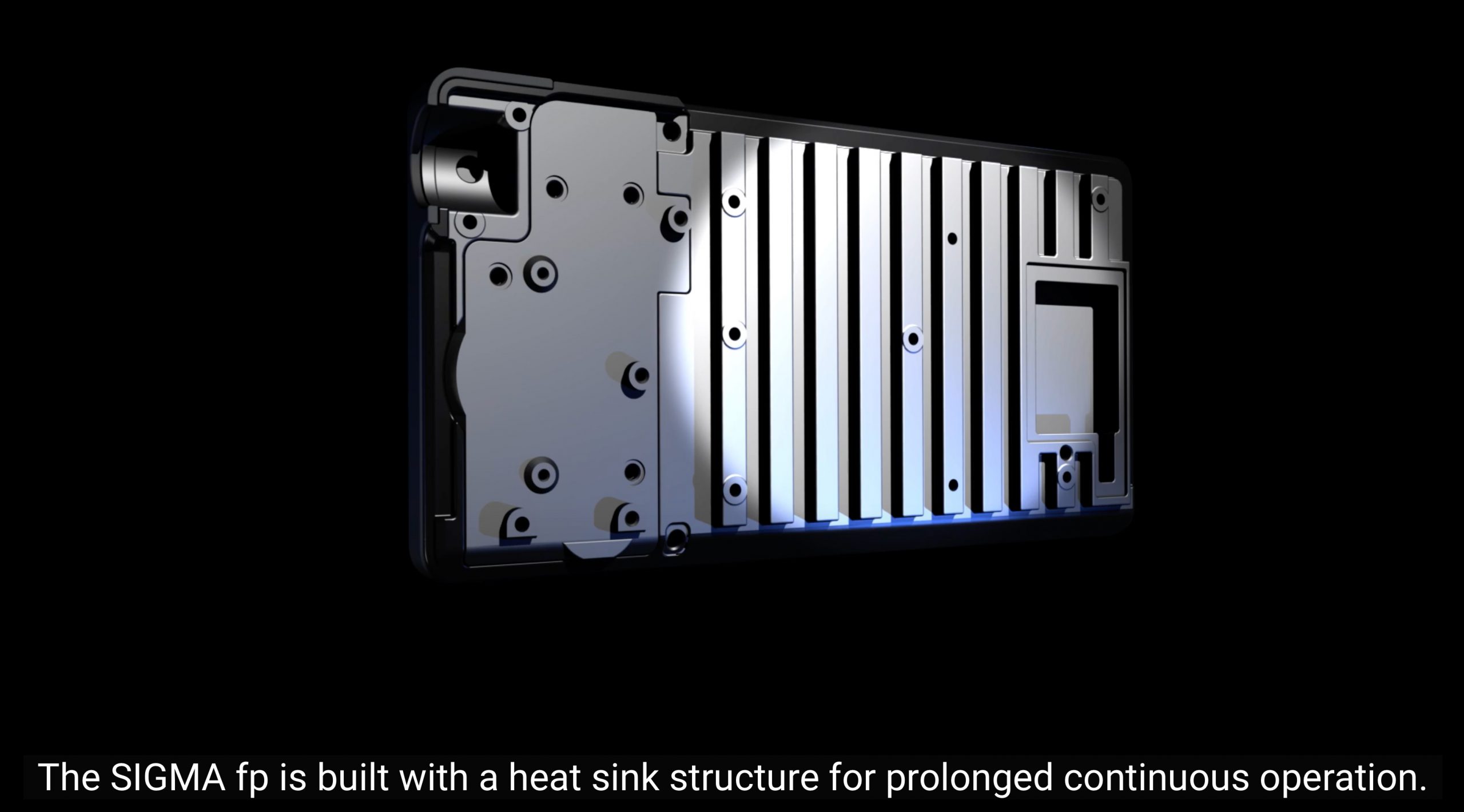
Therefore the heat during long recording sessions has somewhere to dissipate and isn’t trapped inside leading to a build-up over time.
The heat in the Canon EOS R5 doesn’t dissipate very much at all, because you can turn the camera completely off for 10 minutes only for recording times to be reduced by a third afterwards.
It seems that once the heat has built up once your work is pretty much over, unless you have an ice pack handy!
Canon EOS R6 also has an overheating problem in 4K
The EOS R6 overheating is an issue as well, just like the more expensive camera (even though it doesn’t shoot 8K).
Canon has now provided a full chart of timings. The full sensor width “not limited by heat” modes are pixel binned, or cropped, with a maximum frame rate of 30p.
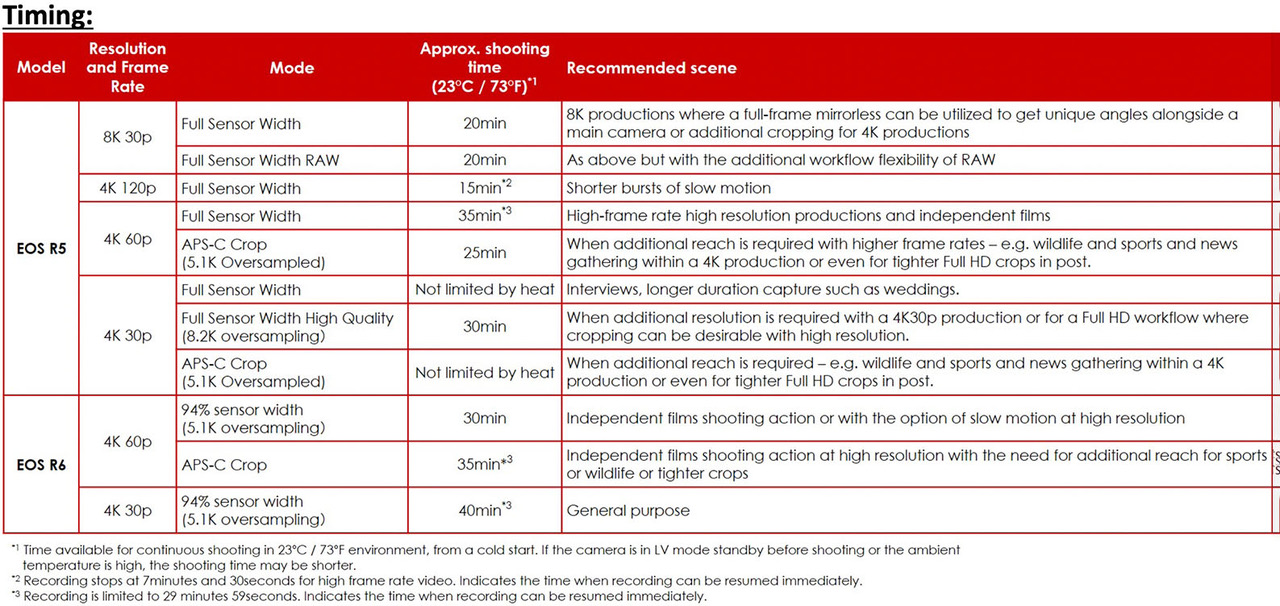
I don’t think the problem is likely to be fixable with a firmware update.
It is there by design (or lack of it)!
The only solution is to switch to the pixel binning 4K or 1080p modes for longer shoots and ignore the high quality 8K and oversampled 4K modes for anything but short clips.
I am disappointed in Canon. A well designed heatsink is not a magic technology that adds very much complexity and cost to a camera.
Imagine running your Intel CPU in a PC without one?
With Canon in my opinion there’s always a “gotcha!” moment with video no matter how much emphasis there is on filmmakers in the marketing material! I am sure at some point there will be a higher-end model which solves the issue and costs us over £6000. I am sure Canon will be more than happy to offer a C200 or C300 Mark III as a solution too!
But for those who just want to get on and enjoy the Canon EOS R5 for our £4000 it’s enough to send steam out of the ears isn’t it?




